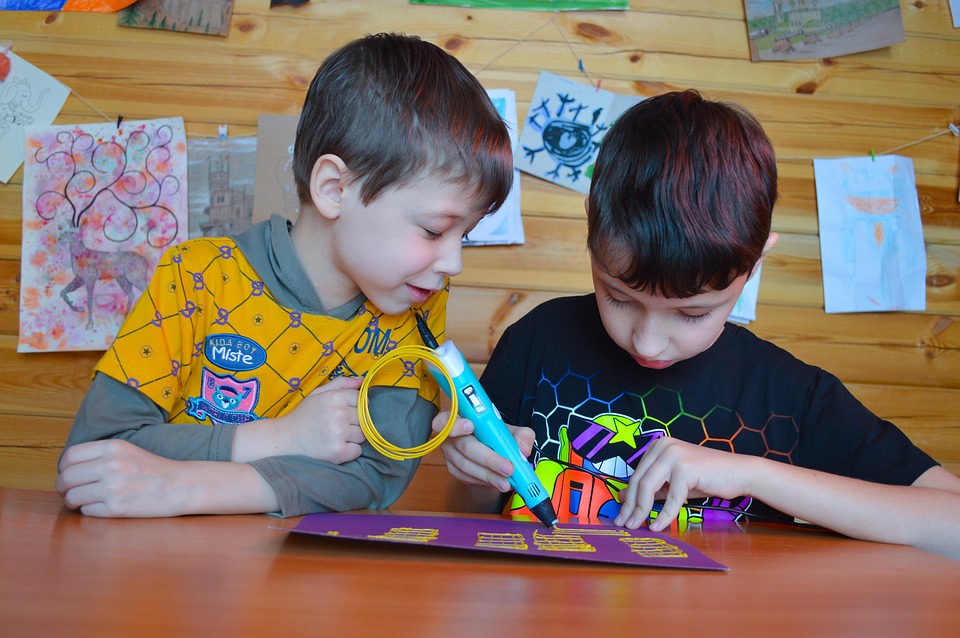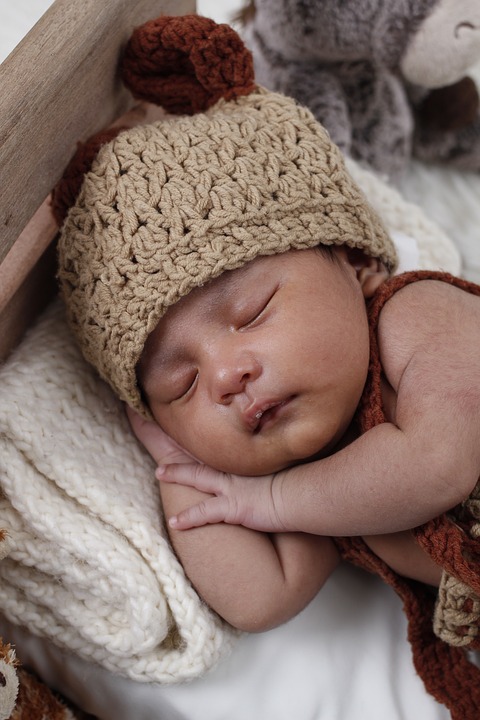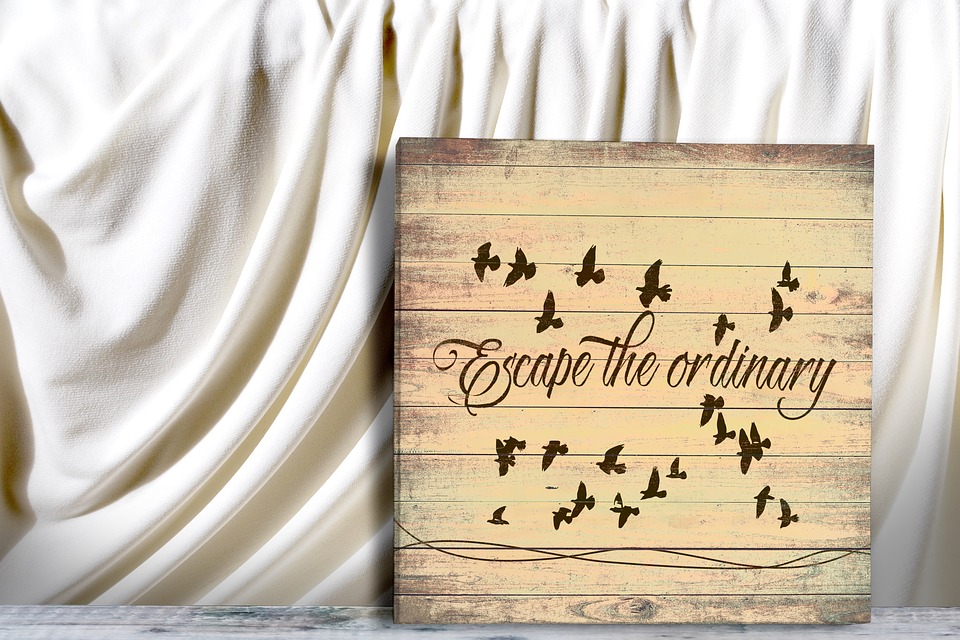
Many children enjoy creating from an early age. They often start by cutting with scissors, playing with glue, drawing, folding into beautiful shapes (origami), and crafting on paper. As children get older, they discover more and more crafting materials, and thanks to their limitless imagination, anything is possible. But how is crafting beneficial for kids? Read on to know more!
1) Important For Child Development
Children discover themselves and the world around them through exploration, play, and experimentation. Crafting is not only fun, but it is also very good for a child’s development. This applies to cognitive skills (thinking, listening, learning, etc.) and emotional and physical skills. Crafts stimulate creativity, which in itself is an important problem-solving skill. These skills provide practice in manual motor skills and give children confidence.
2) Connect and Relax
We work, shop, go back to school, and drop off and pick up our children from their sports clubs. Our busy lives often leave little time for relaxation. A great way to spend quality time with our children is through crafts. Doing so not only allows for bonding but also allows you to relax a bit. After all, our brains are active all day long. We have 40,000 to 60,000 thoughts a day; think about that. By being creative and working with our hands, we can turn off that “mind” switch and not have to think about shopping lists and upcoming work deadlines.
3) Encourage Manual Dexterity
Fine motor skills are small movements with the wrist, hands, and fingers that require concentration. Exercises that stimulate these abilities create a connection between the left and right hemispheres of the brain. The development of fine motor skills in the hands improves cognitive abilities, making it easier to learn, concentrate, and remember.
Want to help your child develop motor skills? Let them play with Playdoh. Make shapes, animals, and cute dolls. It’s always good to finger-paint, cut, glue, and draw. Want to try a more challenging project? Try making art or colorful objects with iron beads. Make photo frames, coasters, bookmarks, or pretty jewelry boxes. Once completed, they make great gifts for grandparents, friends, or teachers, killing two birds with one stone.
Bead weaving is also a great way to improve your motor skills. String cards are also ideal; you can make your own with paper or wooden boards.
4) Learn to Work Together
Crafting together has a positive impact on children’s social and emotional development. Children learn to cooperate, share materials, and help each other. Children naturally develop empathy when they do something creative together. They look back at each other and rejoice in their creative successes. They also learn that working together can accomplish more and contribute to a greater whole.
A fun way to show children that “good things can happen if we all work together” is to make a tree with handprints. Prepare a large sheet of paper and draw a trunk and branches. Children can use pencils, markers, or paints to color them. Then have them make “leaves” by making handprints along the branches with paint. Various colors of paint can be used at this time.

5) Boost Your Child’s Self-Esteem
Children naturally feel very proud when they are shown their artwork and creations. But arts and crafts can also help boost self-esteem in other ways. Preschoolers can cope with difficulties, relieve frustration, persevere, and find solutions by exercising their creativity.
Praising your child for what he or she has done also builds confidence. Mention the details of what your child did and his or her choices. For example, “You made these stripes in a different color,” “You did a good job cutting through this shape!” etc.
Share your thoughts with us in the comments below!



